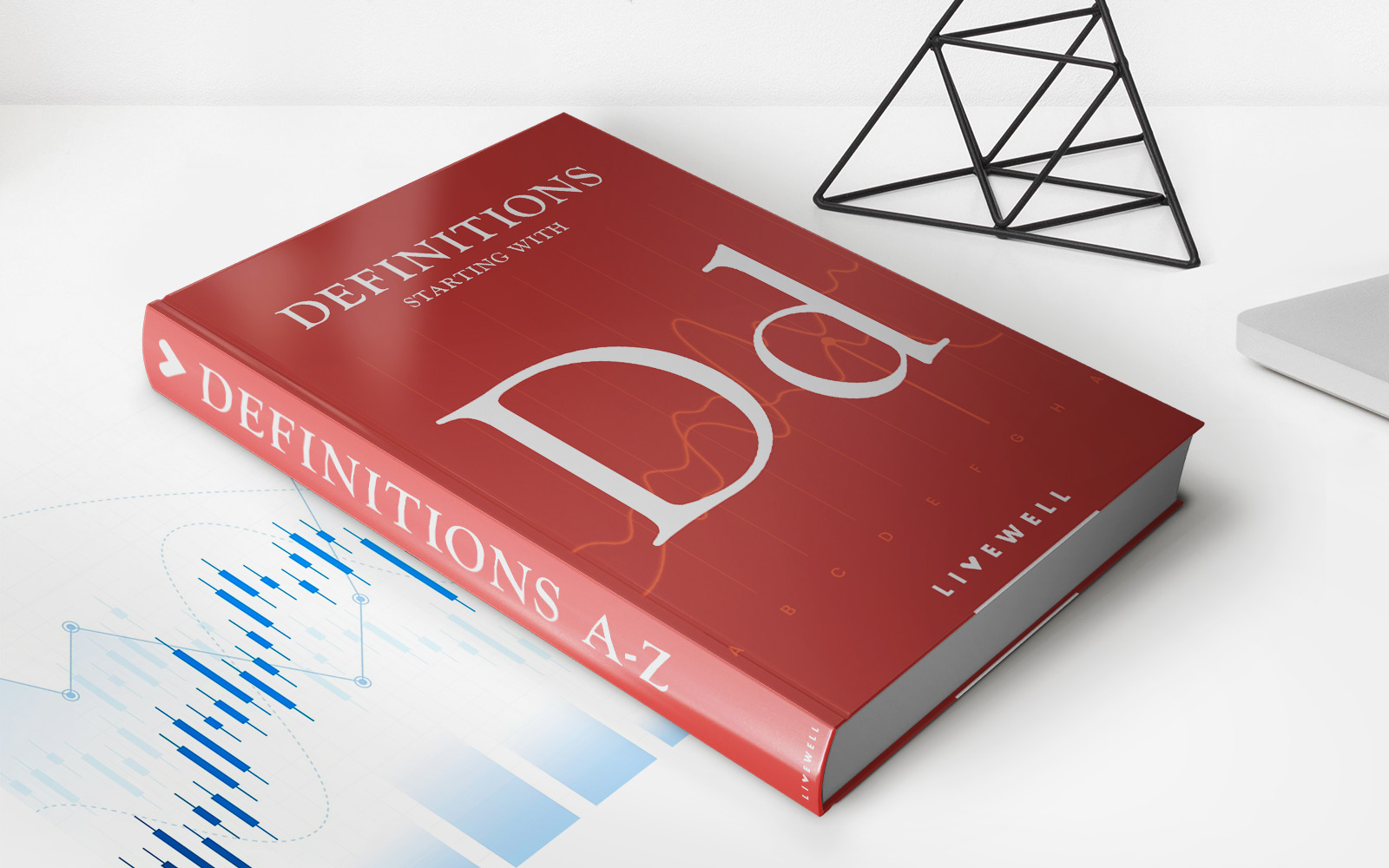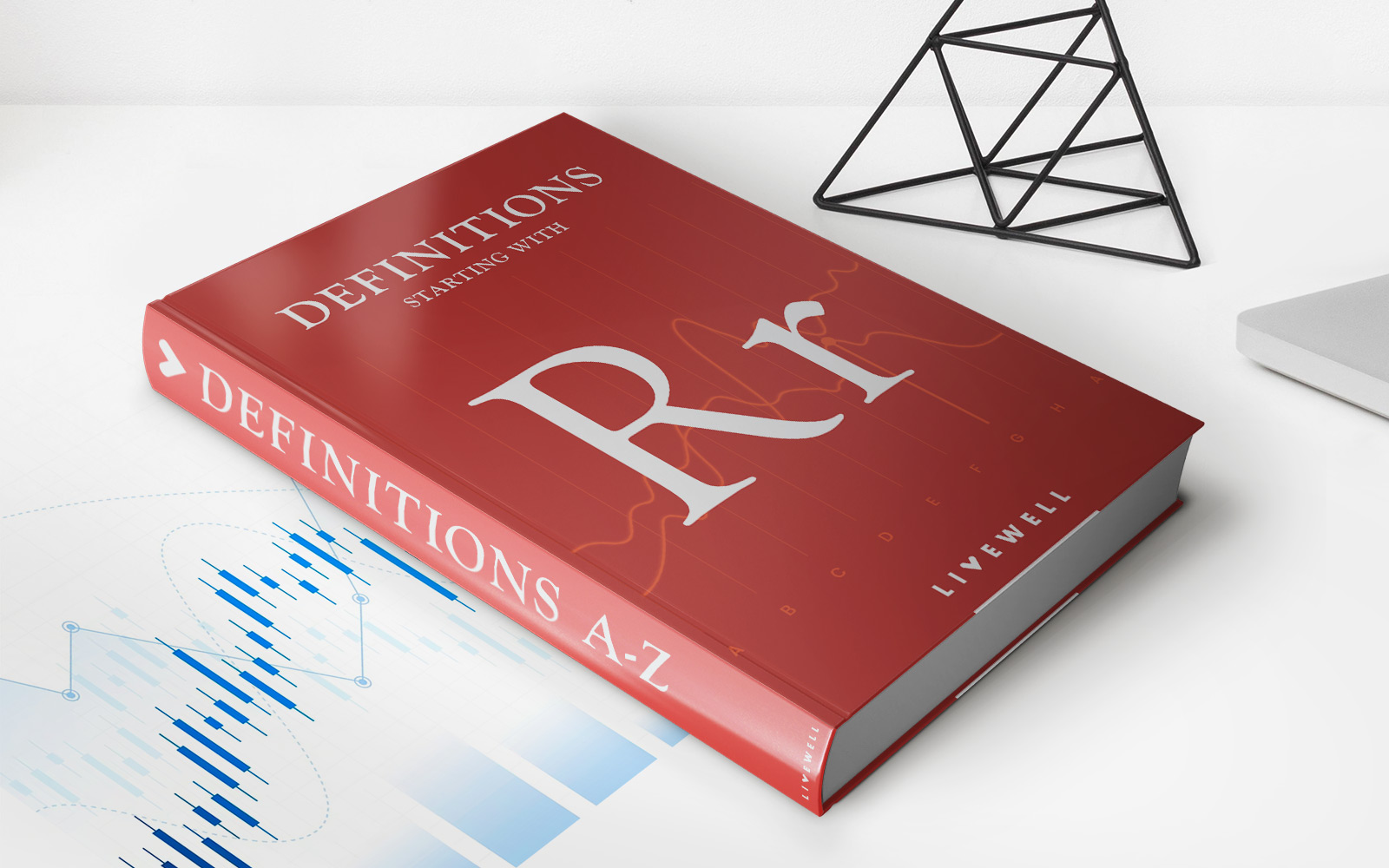Home>Finance>Bar Chart: Definition, How Analysts Use Them, And Example


Finance
Bar Chart: Definition, How Analysts Use Them, And Example
Published: October 14, 2023
Discover the meaning and utilization of bar charts in finance, including their significance to analysts. Explore an example to enhance your understanding of this essential financial tool.
(Many of the links in this article redirect to a specific reviewed product. Your purchase of these products through affiliate links helps to generate commission for LiveWell, at no extra cost. Learn more)
Bar Chart: Definition, How Analysts Use Them, and Example
When it comes to analyzing financial data, bar charts are a popular tool used by analysts to visually represent and interpret information. In this blog post, we will explore the definition of bar charts, how analysts utilize them, and provide an example to help you understand their practical application in the world of finance.
Key Takeaways:
- Bar charts are graphical representations of data using rectangular bars to display comparisons between different categories or groups.
- Financial analysts rely on bar charts to identify patterns, trends, and relationships in large sets of financial data, helping them make informed decisions.
Now, let’s dive into the concept of bar charts and gain a better understanding of how they are used in the field of finance.
Defining Bar Charts:
A bar chart is a type of graph that presents data using rectangular bars, where the length or height of each bar corresponds to the value it represents. These charts are particularly effective in displaying categorical data or comparing different groups or categories.
Bar charts consist of two axes: the x-axis (horizontal) represents the categories being compared, while the y-axis (vertical) indicates the values or measurements associated with each category. By visually comparing the lengths or heights of the bars, analysts can quickly discern patterns, trends, and relative differences in the data.
How Analysts Use Bar Charts:
Financial analysts find bar charts to be invaluable tools for data analysis. Here are some of the primary ways analysts utilize bar charts:
- Comparison of Financial Performance: Bar charts enable analysts to compare the performance of different companies, stocks, or financial instruments over a specific period. By plotting the relevant data points on the chart, analysts can easily identify which entity has performed better in terms of revenue, profits, or other key metrics.
- Visualization of Market Trends: Bar charts make it easier for analysts to visualize trends and patterns in the markets. Whether it’s tracking the rise and fall of stock prices or monitoring market sentiment, bar charts provide a clear and concise representation of data, allowing analysts to make more informed investment decisions.
- Identification of Key Support and Resistance Levels: In technical analysis, bar charts are used to identify key support and resistance levels for stocks or other financial instruments. These levels help analysts determine potential entry or exit points for trades, improving their chances of successful trades.
- Comparison of Financial Ratios: Bar charts can also be used to compare financial ratios of different companies. By plotting the ratios side by side, analysts can easily identify which company has better liquidity, profitability, or efficiency ratios, aiding in investment decision-making.
Example of a Bar Chart:
Let’s take a hypothetical example to illustrate the practical application of a bar chart in finance:
An analyst wants to compare the quarterly revenue of three companies in the technology sector: Company A, Company B, and Company C. They collect the revenue data for each company for the past four quarters and decide to represent the information using a bar chart.
On the x-axis, the analyst labels each quarter (Q1, Q2, Q3, Q4), and on the y-axis, they represent the revenue values in dollars. They then plot the revenue data for each company using rectangular bars, with the height of the bars representing the revenue amounts for each quarter.
By analyzing the bar chart, the financial analyst can easily identify which company had the highest revenue in each quarter and track the overall revenue performance over time. They can also quickly compare the revenue figures of the three companies, helping them gain insights into which company may be performing better financially.
In conclusion, bar charts are powerful tools in the field of finance, enabling analysts to visually interpret and compare data. By utilizing bar charts, financial professionals gain insights into financial performance, market trends, and key ratios, assisting them in making informed investment decisions.














